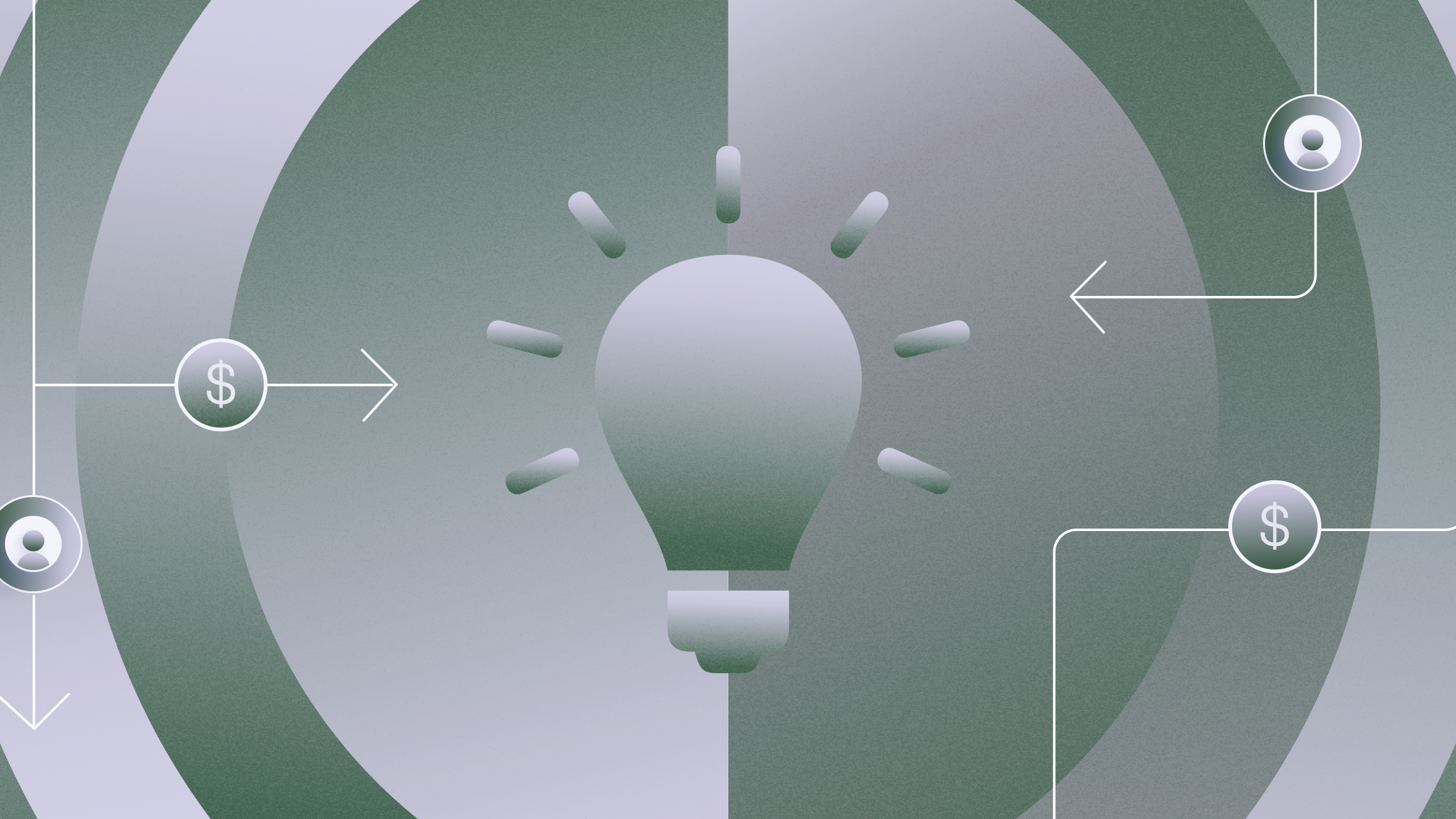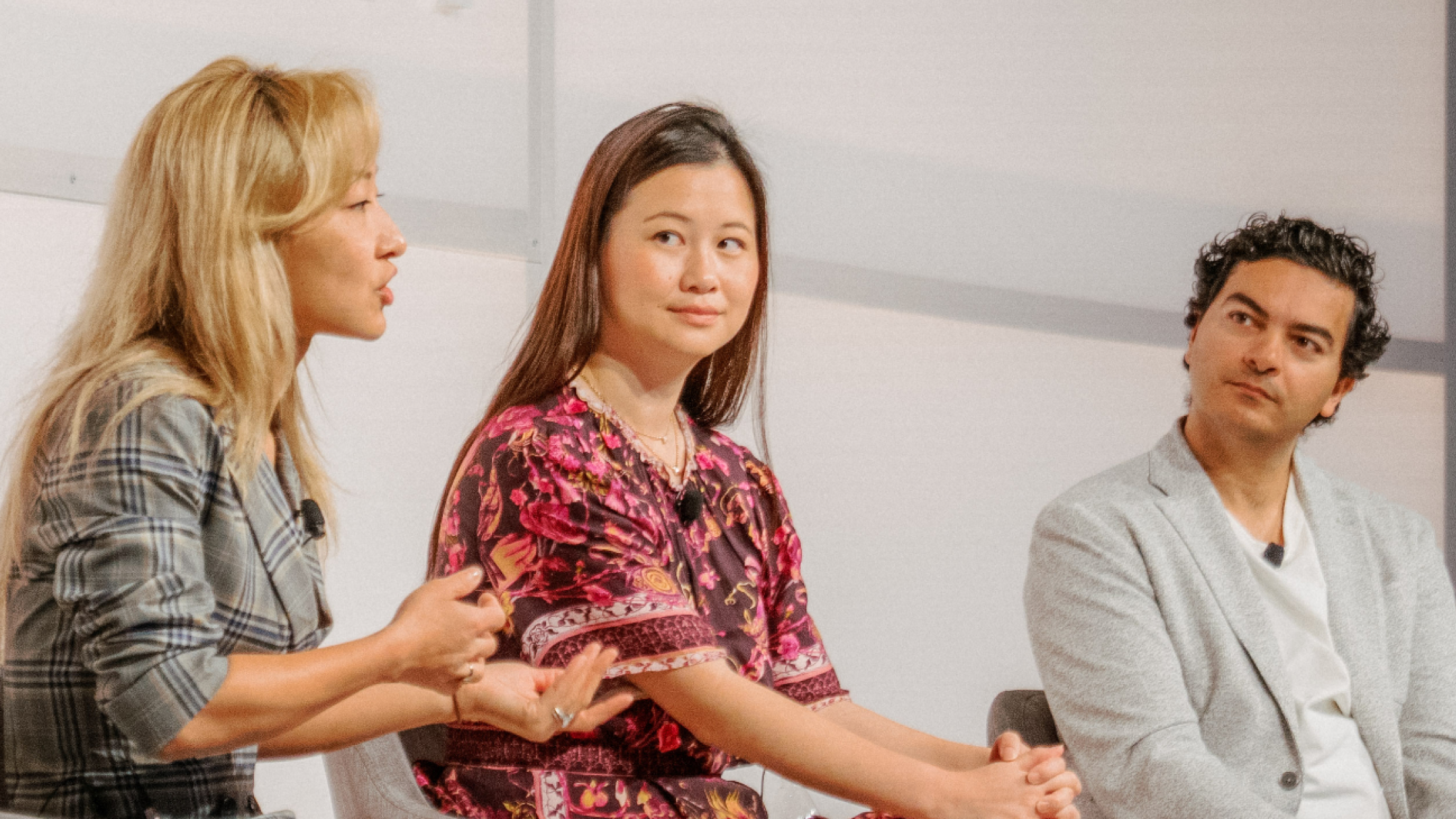Kanyi Maqubela & Steve Jang: Think Seed Like Kindred Ventures
Listen on Apple Podcasts, Spotify, or your favorite podcast app.
This week we’re having tea with Kanyi Maqubela and Steve Jang, Managing Partners at Kindred Ventures, which has invested in 80+ startups including Uber, Postmates, and Coinbase. Prior to Kindred, Kanyi was a Partner at Collaborative Fund, where he invested in Tala and Walker & Co. As an entrepreneur, Steve was a co-founder at Bitski, a cryptoasset wallet SDK provider, and SoundTracking (acquired by Rhapsody).
Highlights from Series Tea with Kanyi Maqubela & Steve Jang
This interview has been lightly edited for length and clarity.
How did you start Kindred? What was lacking in the seed funding ecosystem?
STEVE: I started as an entrepreneur. 15 years ago, there were not a lot of angel investors and there weren't even seed funds. Later on, when I got lucky with a few startups as an investor, advisor, and founder, I had extra capital. I started reinvesting everything I had into other people's startups, which I don't recommend. But as I was angel investing, I realized that building an institution would be a cool way to have a bet on the future. I created Kindred Ventures as an angel investment fund for me personally.
Kanyi and I met after about 30 or 40 bets. He was at Collaborative Fund; we were investors on a bunch of companies together. Kanyi schooled me on all the stuff that I didn't know about venture capital, portfolio construction, and writing lead checks vs. not lead checks.
We got in our heads to create a fund that would be founders backing founders. It would spend real time and energy on the stuff that matters: product, hiring, go-to-market. That's the idea of Kindred Ventures today. We co-founded a venture capital fund with LPs. We write lead checks and don't invest in a ton of companies.
We're high-concentration, as they say in the industry, because we want to partner with a small handful of founders. We also start companies together. If we can't find a company solving a problem that we think is super important in the world, then we'll incubate our own ideas and try to find talented founders to take it over.
How many companies do you invest in per year and how many do you incubate?
KANYI: We invest per-fund. It is a more useful designation than per-year. We'll invest in 20 to 25 companies per fund. Our first fund took about two and a quarter years; that ends up resulting in one company per month. That's not by design. We may go significantly slower or faster in any given time period. The key for us is investing in a number of companies where we can be super concentrated and support them. Most seed funds are more likely to do 30 and in some cases 40 companies per fund.
By keeping it really tight, we can be really available and build deep relationships with each team that we partner with. In terms of how many we form, we try not to be too prescriptive. We formed three so far. We've got another one and a half in the hopper right now. It'll probably end up being somewhere between three and five per fund.
How much do you invest in each company?
KANYI: We invest as a lead. Seed funds are pre-product-market-fit. That used to correlate perfectly to some funding mechanism. But as startups go to market, it'd become more heterogeneous and diverse. Sometimes you'll see a $500K round that is the only equity-financing, and you need to get commercialization and product-market fit. Sometimes you'll see a $5 million round to do the same thing, depending on the industry. We want to be the lead investor and we want to buy meaningful, 10 to 20% ownership. But we can do that in a $5 million round in the same motion that we would do it with a $500K round. It’s important for us to maintain that flexibility because companies are super flexible and super heterogeneous.
Do you sometimes get annoyed about doing expensive rounds?
STEVE: No. The idea of a set amount of capital for every company, even at the same stage, is misleading. It always depends upon the budget. What is the budget you need to build this company along this roadmap? A SaaS company that's purely software, compared to a digital media business which might have a lot of infrastructure and operations on the backend, compared to a hardware and software oriented hybrid business, which will have a totally different timeline and supply chain speed. The idea of fixing a set amount to a stage in a startup is not the right way to go.
When you say you're generalists, what does that mean?
KANYI: Our job is to be in the present. Sometimes we'll meet a company who's building a new synthetic food go-to-market. That's mostly in a wet lab, but they've got leverage that's going to allow them to scale. Sometimes we'll meet somebody who's building a new audio or social network, and they have technology that'll allow them to scale. We try to have a learner’s mindset when we approach any given company. There are certain areas that we get more excited about than others. But we are always actively trying to break that. We don't know what the future holds and we want to be open-minded to the future.
While markets are super important, truly spectacular teams are as well. They don't follow trends, they set trends. And since they set trends, it's important to look for the trend-setter, not the trend-follower.
Do you find that outside certain domains, you have difficulty making informed decisions as investors?
STEVE: There are areas that are either frontier because they're new combinations of technologies or there's something scientific that's happening, outside of our wheelhouse. We’ll have to think about the problem at the first principle level and say, is this a problem that we agree with, are passionate about, and are willing to understand? Oftentimes this process includes going down a rabbithole with founders. They're the subject matter experts and we are following them to see if this is a company we can partner with.
Oftentimes you come out of that failing to get to a partnership. But every time we do that, it expands our knowledge base. Perhaps the next company that comes along, we'll be better prepared to quickly assess and make a more informed decision. We are constantly talking about these issues and meeting with folks. A lot of time spent in seed investing is not just talking with founders on pitches and working with the portfolio companies. It's also just doing our own research. We've spent a lot of time in food science, climate tech, and crypto just reading.
KANYI: At the beginning of a venture career, most people who are new to it fill their day with meetings. They take as many meetings as possible. As you get more experienced in the business, taking less meetings is more common. At first I used to think it's because your network becomes stronger, so you can say yes or no more easily. But I've come to realize that you've got to spend some time thinking too. You got to spend some time learning, reflecting, and just doing the quiet normal things that are really important for having a prepared mind.
What is your favorite source for going deep on things? Do you have a format for this?
KANYI: If I hear a really interesting pitch, I try to understand where their source material is. So if they're referencing a market size or emerging technology, I'm like, “where have you been reading about this?” Pitches are a great source of insight, not just about a given company or market, but even about adjacencies.
STEVE: One of the fun things about investing in seed is that you come in contact with a lot of folks. Some have become subject matter experts that we have talked to about different topics. A lot of this stuff is serendipity and making horizontal connections.
The other thing too, is just going into a lot of software companies. You can just go into their documentation. You can go into their github or API documentation to get a sense of the quality and speed of the organization and how they think about the product. In other cases you can see a lot in just the product demo. We don't love to spend time on presentations and decks. It's really about having either a product demo or some product overview if you haven't shipped yet.
So given that you'll be very selective but very generalist, you must get a ton of leads. How do you sort through your funnel?
KANYI: You are what you do all the time, and what we do all the time is saying no and finding empathetic and constructive ways to do so: saying no in a way that generates more interesting opportunities.
When you find a company that isn't a fit, how do you turn it into learning more about how to find another company that is a fit? How are you making sure you're seeing around corners and expanding your network beyond your natural reach? No single investor on earth has a first degree or even a second degree relationship with every future billion dollar company. You always need to figure out how to expand your network more constructively.
How do you keep the top of the funnel manageable and not live in email all the time? You do have to say no, quickly. Getting a quick gut instinct around whether or want to spend time with a person or even an idea based on a pitch deck, is one of the most important parts of our job.
STEVE: Warm intros only help. We try to read every cold DM and email, but we recommend putting in the work to find someone for a warm intro. Kanyi and I are pretty networked and connected globally. The hot intro is where one of our founders says they've met someone or they know someone building a really interesting product or technology and we absolutely have to meet them. That makes a huge difference. But between warm and cold, we're still looking at the merit of the founder, the importance of the problem that they're solving, and their unique approach to the product.
Rejection is challenging for any founder. We always want to provide something concrete and constructive to founders learning on their journey. There are often times we have passed on a company and the founder was just really talented. They'd come back later, and then we have invested in them.
What makes a cold email stand out? How can an entrepreneur stand out from the noise?
KANYI: Why do you have a domain insight? Can you articulate that quickly and efficiently? That's one that I look at as a signal. One of the ways you can express it is, “did you know that X is true instead of Y?” For example, did you know that the vast majority of people who were buying a home are buying one with help from a family member? I'm making that up, but the point there being, I now want to learn more about whatever's in your brain because you clearly are bringing some insight to the table.
The second is recognizing that we're both trying to get signal through noise. Be efficient. If you can synthesize what you're doing down to four or five sentences, and it can include a couple of highlights that are all notable and can express a sense of inevitability, that's really powerful. For example, “We are the only team that can X. We are the first team that has Y. We have a team that can deliver these types of things tactically to getting our business to market.”
The last one is serendipity and luck. Sometimes I'm sitting at home, catching up on messages, and I'll say, “Oh, that's interesting, I'm curious about that.” And other times I'm overwhelmed.
What's your process from a first email to committing to invest in something?
STEVE: Seed is very different from the rest of the venture today. If you're investing pre-product, not just pre-product-market fit but pre-product, you have a different type of process. What you're evaluating is the founding team and how they think about this important problem. The product itself is probably going to change. We backed a lot of companies where they've done a hard pivot.
You can't make the decision just on a product, because there really isn't a product for a lot of these companies at this stage. We spend a lot of time again in this product discussion, roadmap Q and A. This is really important to us. We take copious notes on this. We want to understand how founders think. That is a different process. We're not doing a one partner meeting and then the full partnership meeting and then due diligence questions and then term sheet. We strive to have several conversations with the founders to talk about vision.
Growth stage investing has been crazy in the last three to six months. Has this affected seed?
STEVE: Two things. The venture capital asset class is getting so much capital from every direction: hedge funds, mutual funds, family offices, pension funds, all of whom were reluctant to invest in venture capital 10 years ago. They are all creating their own funds and raising money.
The natural conclusion of private equity is that everyone will be a venture capital fund or a growth fund, and maybe you can become a private equity fund or a buyout fund. The thing that we're seeing is that it's inflating valuations, which is a good thing for founders to a certain extent.
We're seeing markups. Markups are where another later stage fund will invest in your portfolio company, which is great and at a much higher valuation. We're seeing those happen in certain theme areas: crypto, enterprise data, climate tech. Investors are seeing a lot of SPACs, IPOs, and direct listings. They see a light at the end of the tunnel and can draw a line to a full, terminal public valuation. A lot of them are investing with a mindset of “how do I discount this full potential market valuation?” As long as I can do that, then I actually care less about specific frameworks in bands for valuations at these earlier stages.
If you're looking towards the public markets, maybe you don't care as much about getting it down to a $15 million post-money on a Series A, and you're quite willing to do $100 million dollar post-money on a Series A. That's increasing the check size and being written into that company.
Kanyi and I see a lot of multi-stage funds jumping into seed. You're seeing a lot of rule bending and breaking happening among different investor classes inside of venture. If you think about the S-curves of technology, we're not operating on the same S-curves, so why would we think that the same local maxima would apply? There are new S-curves that we're traveling on, as an industry. Right now, we're on one of decentralization, fintech, digital healthcare, enterprise cloud and data, connected fitness, crypto. There's so many S-curves that we're traveling on as an industry. We used to travel on two or three at a time. Now we're on 20 or 25 different theme-area S-curves. If you look at all of that energy, it's not zero sum. It’s positive sum. So there are more startup founders, more investors, more opportunities, more problems to solve that we can apply software and technology towards.
You mentioned that a pitch deck is not as important as a demo. What should a demo look like?
KANYI: The deck isn't going to be what gets us in the partnership, the deck is what gets you in the door. What gets us into partnership is talking about the product, your plans, your team, and your thinking.
Do you ever fund startups in Africa or internationally?
STEVE: We do look at startups in Africa. We look at startups from any region. Historically, I think somewhere around 10% of our companies are outside of the US. One thing we love about developing markets is that it's not just that it's a new market opportunity for startups, but it's going to have a variation of the technology development that's happened in developed markets. It's not just a copy and paste.
Some countries have a credit system and credit cards. So the payment processing is different. Some countries are skipping laptops and desktops and going straight to smartphones. Some regions have mobile money that's essentially managed and owned and operated by the mobile carriers. Some countries have very strong, regulated banking systems and require a new chat app system. We're very excited about international regions. We've invested in companies in Singapore, Africa, Mexico, China, the Netherlands, the UK, and more.
What advice do you have for a first-year undergraduate looking to get into venture?
KANYI: Build stuff with friends and get into the habit of building stuff. Ultimately, venture is a service business for builders. You'll be a much better service provider to the builders if you build yourself up.



